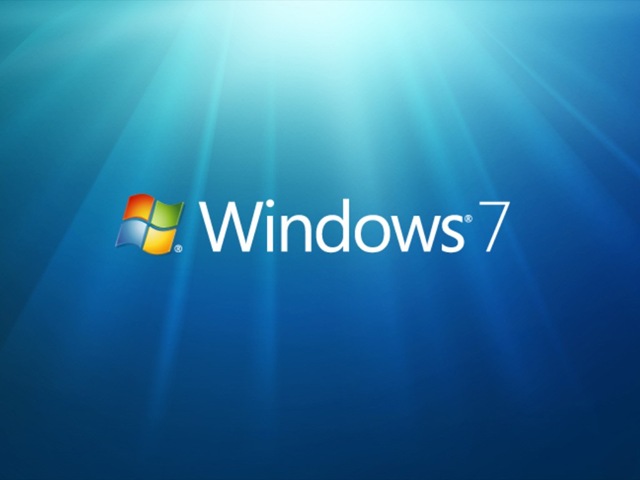Windows 7 was the most used operating system for nearly six years, from 2011 until the end of 2017. Understandably, many businesses are still running systems with Windows 7. Microsoft announced years ago that the End of Life for Windows 7, when they will stop releasing security updates for it, would be January 14, 2020. Windows 10 was released in July 2015.
More than three years past the release of Windows 10, however, roughly 40% of Windows PCs are still running Windows 7, and it was only in December 2017 that Windows 10 became the most-used OS. Many of the existing Windows 7 PCs are business or government computers, typically running 3rd party or proprietary software that is not supported on any other operating system. Windows ended “mainstream” support for Windows 7 in January 2015 but agreed to provide “extended” support (i.e., no feature updates, just security patches) until January 14, 2020.
With this cutoff date fast approaching, businesses have pressured Microsoft to continue providing security updates for Windows 7 beyond the End of Life date, 1/14/2020. Last month, Microsoft announced plans to continue to provide security support for Windows 7 for another 3 years, until January 2023, with one catch – this support will now cost a monthly, per-device fee. Additionally, the service, called Windows 7 ESU (Extended Security Updates), will only be available to certain customers, typically large businesses. This monthly fee will also go up each year. The average home or small business customer will not have this option and will stop receiving updates as of January 14, 2020.
While it is good for businesses that Microsoft will continue to release security updates for Windows 7 beyond 2020 for those who require the operating system, the monthly, per-device fees may encourage businesses that have been dragging their feet on updating to Windows 10 to do so. Although this may entail finding new solutions that are compatible with Windows 10, the alternative of sticking with Windows 7 could prove to be too costly and eventually, too risky to maintain.
If your business is stuck running Windows 7, having a trusted IT partner in your corner will prove to be invaluable in the coming years. Businesses in this position will need to maintain security while navigating the eventual transition, as well as working with vendors to determine a solution that works in a modern, secure environment. For more information, please Contact Us today.







